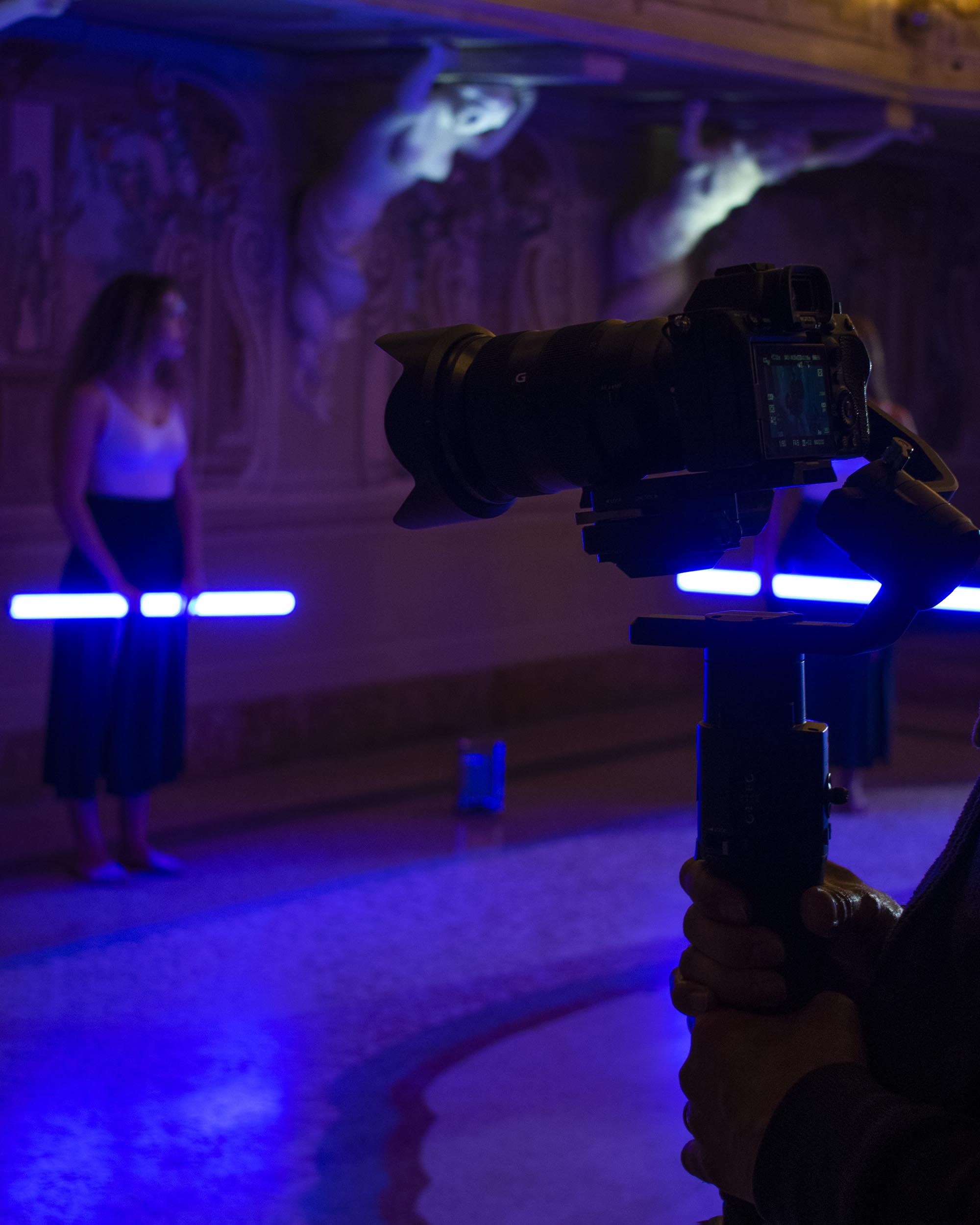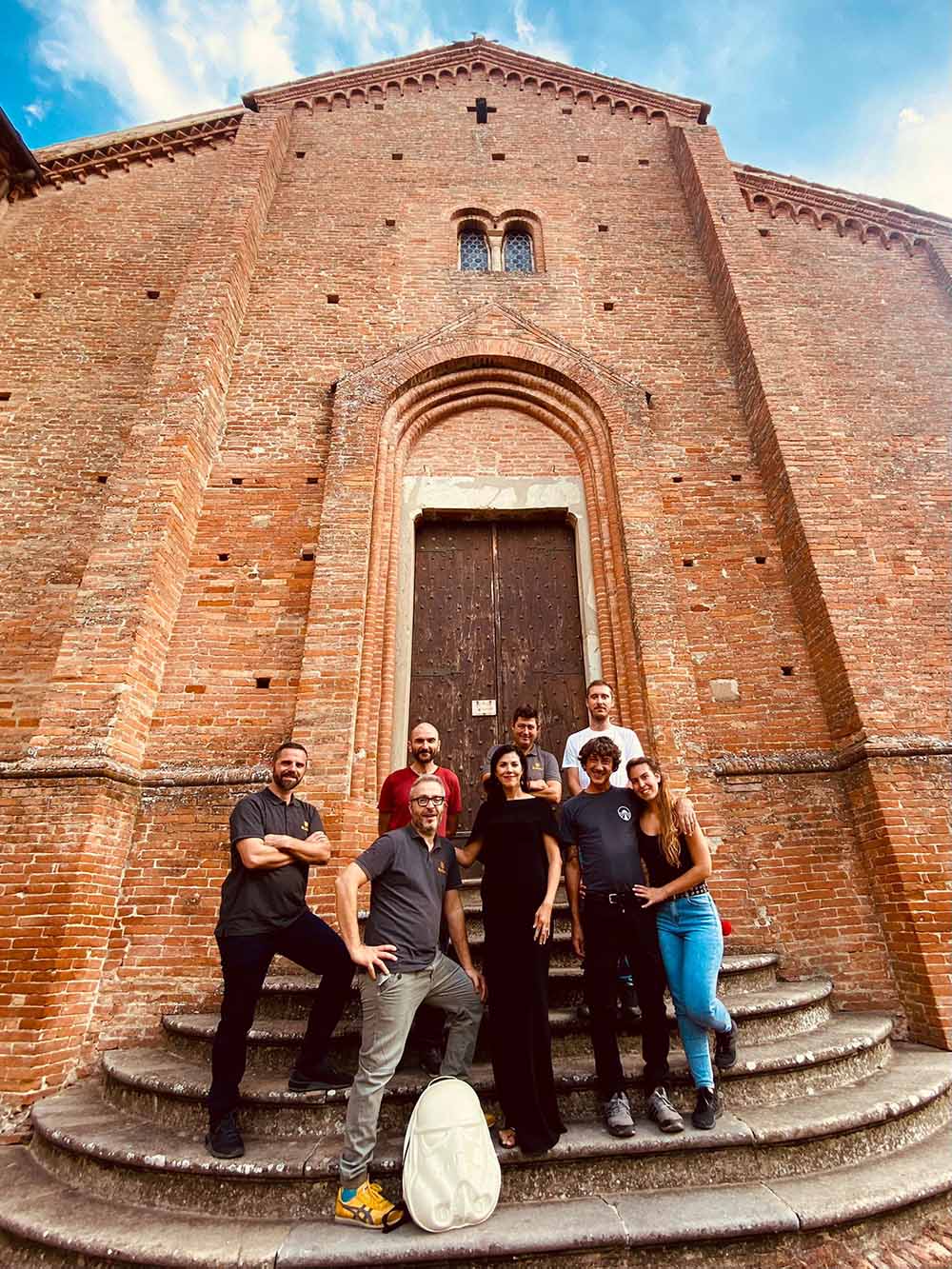The various types of music video clips
Music video: the origins
In the beginning it was the Sundies: this is the name of the ancestors of what we know today as a music video. They were short films that lasted between 3 and 8 minutes, made in the United States during the 1940s to promote jazz music. They were shown in nightclubs and theatres, and they didn’t really have a real plot, they just recorded the musical performance.
Sundies create a precedent that will have much luck. The fashion of video-jukebox (videos that reflect the band that plays) in fact expanded in the following decades in Europe, and especially in Italy and France. At a certain point, we begin to glimpse the first attempts at musical storytelling, in which a story is told through video and music. According to music critics, the first video to use this storytelling technique is Queen’s Bohemian Rhapsody music video. The first to present a plot and production similar to the film will be Thriller by Michael Jackson, directed by John Landis. After the birth of MTV in the 1980s, the music video reached its peak of popularity.
The role of MTV in the distribution of the video clip
MTV has its roots in a new way of making and conceiving music. In the 1980s and 1990s, the music video became popular and an integral part of an artist’s musical life. It no longer simply records the performance but becomes the performance, contributing to the image of the artists and configuring itself as a way to get publicity.
MTV (which stands for Music Television) is a channel that was founded in 1981 and puts at the center of its programs the music video clip as a form of entertainment. Its schedule is dedicated mainly to a young audience, and it does not need to create programming from scratch. It is in fact the record companies competing for a place in it.

Thanks to MTV, the video clip becomes (in aesthetics, narrative and message) as we know it today. It then turns into one of the many steps of promotion of an artist and their image. MTV also introduces the figure of the VJ (or veejay) or the character who presents the music and acquires great television popularity.
The widespread fame of the program then increases the budget available for this form of advertising. The video begins to exploit its narrative potential, adopting the storytelling approach. It will become so popular that it will eventually survive the change of direction of the tv channel.
With time, in fact, MTV will start broadcasting fewer and fewer videos and more reality shows and TV shows. The video will then find a home in new platforms, such as the nascent social network Youtube, where it is still located today.
The various types of music video clips
A distinction that can be useful to make, endorsed by music critics, is that between:
- Performance clips, videos that are limited to filming the music and the performance.
- Conceptual videos, a sort of visual and artistic interpretation, often abstract, of the song. Conceptual videos have great narrative freedom, and are conceived as miniature works of art.
- Narrative video clips, which are the most popular type of video clips. Narrative video clips tell a story, accompanying it with the notes of the song. This type of video takes the narrative modes of cinema: just think that many directors have dedicated themselves, with more or less success, to directing music videos, from Martin Scorsese to John Landis.

From the videoclip of Clara Hurtado Lee
There are also hybrid versions of video clips, which combine some elements typical of the three types to build alternative and interesting narratives. For all three categories, it can be a single video clip, or a series of video clips that, in succession, tells a story. This happens, for example, in concept albums, where even the succession of tracks responds to a narrative.
The video mode enriches the song and deepens the artist’s world. It is a business card, not only for the song it promotes, but also for those who perform it, an opportunity to make known to the world its aesthetic and musical vision.
In the age of the Internet, you don’t necessarily need a lot of money to spread your music, and even those on a budget can shoot a quality music video. It is important to do this, however, because it is now one of the essential stages of the process of musical promotion and an integral part of the overall image of the artist.
Do you also have a musical project that you want to realize in one or more video clips that tell your artistic story? Contact us: we can do it together!
